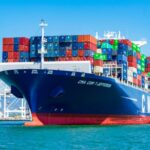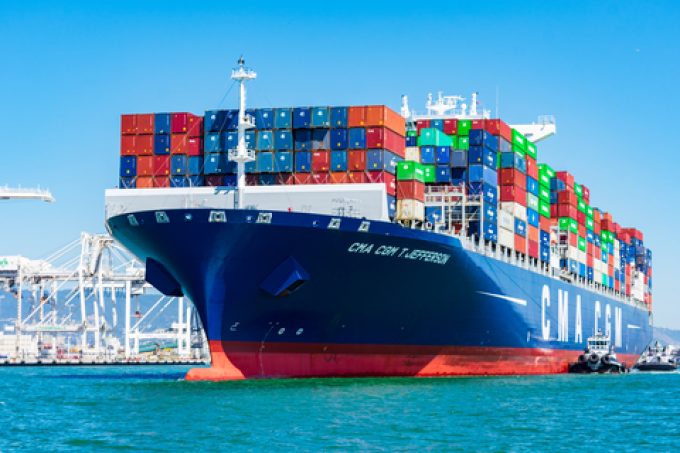The US Trade Representative’s decision to suspend port tariffs targeting China’s maritime and shipbuilding sectors has divided the shipping industry, exposing deep divisions over how the United States should confront Beijing’s industrial dominance.
Read also: The United States and China agree to halt port fees for a year amid a trade truce
The one-year suspension, which runs from November 10, 2025, to November 9, 2026, halts measures that took effect just weeks ago on October 14. The tariffs were introduced in the wake of a Section 301 investigation by the United Steelworkers union and allied labor groups, which accused China of using state subsidies to secure a large share of global shipbuilding orders.
To guide implementation of the suspension, the USTR opened a one-day public comment period – attracting a torrent of responses that revealed sharp contradictions in stakeholder views.
Many shipping and logistics organizations welcomed the move as a much-needed cooling-off period. Mike Jacob, president of the Pacific Merchant Shipping Association, said the pause would give room “to continue talks on the current schedule,” stressing that federal investment remains key to preserving the U.S. maritime sector.
Lasse Christophersen, CEO of Wallenius Wilhelmsen, described the suspension as an “appropriate step” to allow shipyards, logistics companies and supply chain operators to make long-term investment decisions with more confidence. The Transportation Institute echoed this sentiment, highlighting the critical role that American-flagged fleets play — both domestically and internationally — in supporting national security.
However, labor unions have expressed frustration, arguing that the stoppage undermines efforts to rebuild US shipbuilding capacity. In joint comments, the United Steelworkers, the International Association of Machinists and Aerospace Workers, the International Brotherhood of Electrical Workers, and the International Brotherhood of Boilermakers criticized the suspension as favoring “short-term considerations,” warning that “workers, shipyards, and national security interests are once again being sidelined.”
Hunter Steers, a non-resident fellow at the Navy League’s Center for Maritime Strategy, went further, calling the decision a “major strategic mistake.” He said Beijing’s strong response to the port tariffs showed how effective the measures were in challenging China’s dominance.
Scott Ball, president of the American Manufacturing Alliance, asked whether negotiations could significantly change China’s behavior. “China has a consistent record of non-compliance,” he added, describing the pause as “a gamble with little guarantee of long-term outcomes.”
The short-lived period of active port charges has already had global consequences. US carrier Matson reported costs of $6.4 million in Chinese reciprocal duties in just three weeks, while Chinese state-owned COSCO faced an estimated $1.5 billion in annual US port fees.
The measures targeted three categories of ships: Chinese-owned or operated vessels, Chinese-made ship operators, and foreign-made vehicle carriers – each designed to hit different sectors of China’s maritime industry.
Despite the temporary truce, the core issue remains unresolved. China accounted for 53% of the total global ship orders in terms of tonnage during the first eight months of 2025, which confirms the extent of its control over global shipbuilding. Critics say dominance poses long-term risks to business competitiveness and supply chain resilience.
As the comment period ended, debate intensified over whether the suspension represented a strategic reset to rebuild U.S. naval power — or a missed opportunity to counter China’s entrenched industrial advantage.
Although the Trump-Xi agreement may have eased immediate trade tensions, it has reignited a deeper question for US policymakers: Can America stop confrontation with China without losing momentum in its quest to regain maritime leadership?







